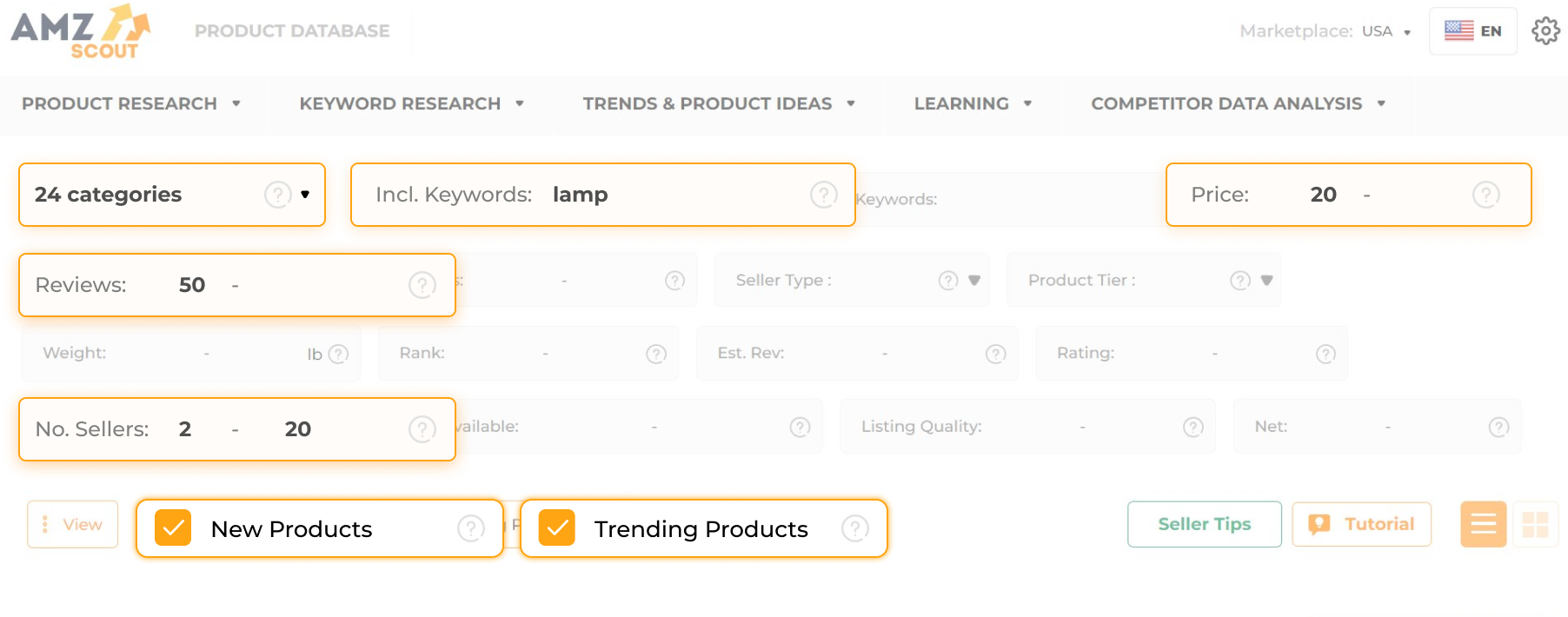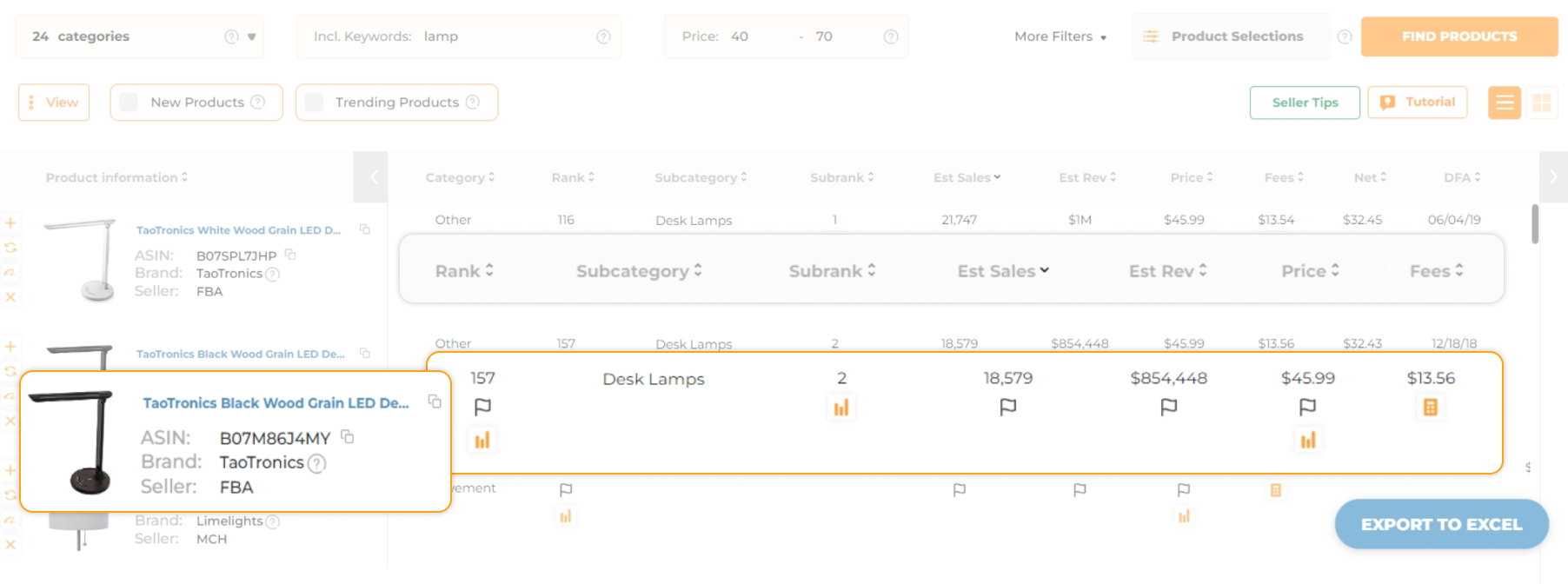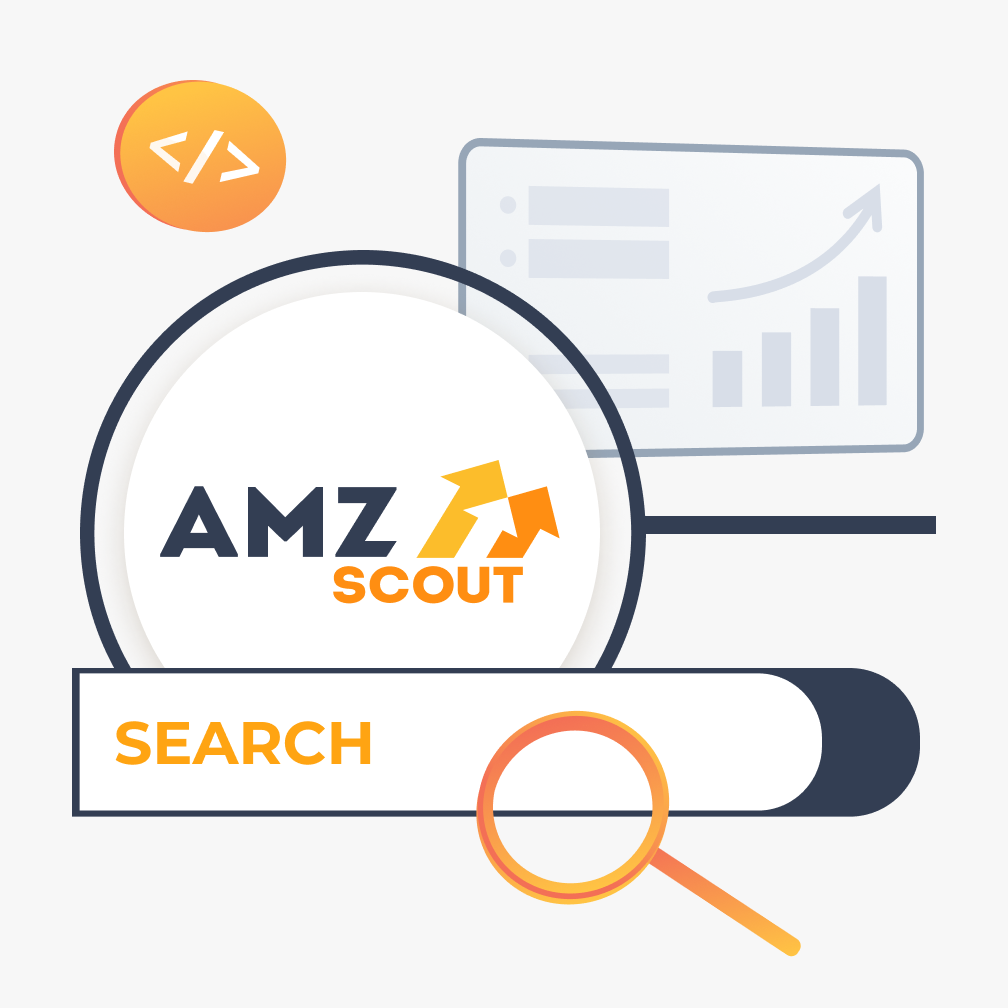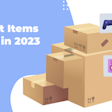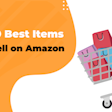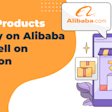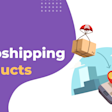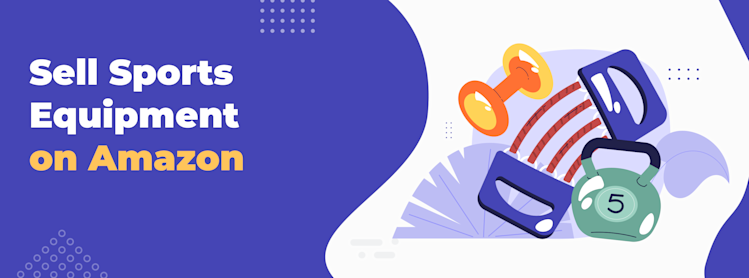
Amazon Sporting Goods Selling Guide: What to Sell and How to Start
Looking to break into the booming world of online retail by selling sports gear? Amazon remains the best place to sell sports equipment in 2025, whether it's brand-new fitness products, trending Nike shoes, or high-demand sporting goods like golf gear, baseball bats, and hockey equipment.
This step-by-step guide will walk you through how to sell sports equipment on Amazon, from choosing the right niche and sourcing products to launching your listings with a strategy built for success. We’ll also reveal the best-selling sports items this year and show you exactly how to position your brand in a competitive marketplace. Whether you’re starting fresh or expanding your ecommerce business, this is your playbook for reselling sport products the smart way.
Table of contents
Why Sell Sports Equipment on Amazon in 2025?
The global demand for sports goods is stronger than ever in 2025, fueled by rising interest in health, fitness, and active lifestyles. From smart gym gear to high-performance golf equipment, Amazon remains one of the best platforms to buy and sell new and used sports products online. Here's why it's the best place to sell sporting goods this year:
Booming Market Demand: Health and wellness trends continue to grow, driving strong sales for fitness gear, best-selling sports shoes, and specialty items like baseball gloves and yoga accessories.
High Shopper Intent: Millions of Amazon customers are actively searching for places to buy sports stuff, making it an ideal marketplace for visibility and quick conversions.
Powerful Selling Tools: With Fulfillment by Amazon (FBA), customer reviews, and built-in advertising, sellers can easily scale their business without managing logistics alone.
Year-Round Opportunities: From seasonal sports equipment to evergreen fitness products, there's consistent demand in both niche and mainstream categories.
Resale and Niche Growth: As sports resale companies and specialized gear gain popularity, sellers can capitalize on unique, second hand inventory.
How to Sell Sports Equipment on Amazon
Selling sports equipment on Amazon in 2025 can be a highly rewarding venture, if you start with a smart strategy. The most successful sellers don’t just list random products; they build focused, competitive, and data-driven businesses from the ground up. Here’s how to do it, starting with the most important step.
Step 1: Choose the Right Sports Equipment Niche
Your niche is your foundation. When you align with consumer demand and minimize direct competition, you dramatically increase your chances of building a strong, scalable business, whether you're selling performance gear or simply looking to trade in equipment for cash.
To make the process easier (and smarter), use tools like AMZScout’s Product Database, a powerful resource for uncovering profitable sports niches. This tool helps you filter products based on real-time data such as demand, sales volume, competition level, seasonality, and reviews. Here’s what you need to do:
Open the AMZScout Product Database.
Log in with your AMZScout account or start with a free trial by entering your email.
Set your filters.
Adjust your preferences for price, number of monthly sales, ratings, size, and other key criteria. You can even add specific keywords like “sports gear” or “golf accessories.”
Refine your search.
Want only fresh opportunities? Tick the New Products box to view recently added listings. Interested in growth trends? Check Trending Products to spot items with a 20%+ sales increase in the past 90 days.
Click “Find Products.”
Review your custom results and compare items across different sports categories. Consider profit margins, shipping costs, and Amazon FBA fees to narrow down your top contenders.
With the right research, your niche won’t just be a category, it’ll be a competitive edge.
Step 2 – Source or Develop Your Products
Once you’ve found your niche, the next step is sourcing high-quality inventory that meets both demand and compliance standards. Here’s how to do it:
Private Label vs. Reselling vs. Online Arbitrage
Private Label: Create your own branded version of a product, which is great for long-term growth and standing out.
Reselling: Buy branded sports items (like Nike or Adidas) from distributors and sell them directly.
Online Arbitrage: Buying discounted or old inventory from other online stores to resell it on Amazon for a profit.
How to Source Quality Products
Use trusted platforms like Alibaba, ThomasNet, or sports-specific suppliers.
Always order samples to check product quality, durability, and packaging.
If reselling, buy from authorized distributors to stay compliant and avoid listing issues.
Ensure Product Compliance & Safety
Check Amazon’s category requirements for sporting goods.
Make sure products meet local/international safety standards (e.g., certifications, labeling).
Compliance protects both your customers and your seller account from penalties.
Finding the right products from the right sources is essential for long-term success. Invest time in this step, and you'll avoid common pitfalls while building a strong foundation for your Amazon sports equipment business.
Step 3 – Optimize Your Product Listings
Once you have your products, it’s time to get them seen—and that starts with smart listing optimization. A well-optimized product page helps you appear in Amazon searches, convert more clicks into purchases, and stand out from competing sports gear.
1. Start with Keyword Research for Sports Products
Effective optimization begins with understanding what your customers are searching for. Use Amazon’s autocomplete, Google Trends, or a tool like AMZScout’s Keyword Search to identify high-traffic keywords related to your product. Include a mix of:
Short-tail keywords (e.g. golf gear, fitness equipment)
Long-tail keywords (e.g. adjustable youth baseball bat, home gym resistance bands)
These help your listings appear in both broad and niche search results.
2. Understand the Importance of Amazon SEO
Amazon is a product-focused search engine. If your listings don’t match the search behavior of your target audience, they’re unlikely to be seen. Incorporating relevant keywords naturally into your title, bullet points, and description improves your ranking and ensures your products show up where it matters: on page one.
3. Use AMZScout’s AI Listing Builder
To streamline the process, use the AMZScout AI Listing Builder. This tool automatically generates keyword-optimized titles, bullet points, and product descriptions that follow Amazon’s formatting rules and character limits. It’s an efficient way to build professional, conversion-friendly listings without guesswork.
4. Optimize for Mobile and Voice Search
Over 50% of Amazon shoppers browse on mobile and many use Alexa or other voice-enabled tools. You should make sure your titles are concise, your bullet points are skimmable, and your descriptions are written with natural language that’s easy to read aloud. Focus on benefits early in each section.
By taking the time to properly optimize your listings, you’re not just increasing visibility. You’re building trust and giving shoppers a clear reason to choose your sports product over the rest.
Step 4 – Set the Right Price and Launch Strategy
A smart pricing and launch strategy can make all the difference when selling sports equipment on Amazon. Whether you're listing brand-new fitness gear, trending golf accessories, or best-selling sports items, how you enter the market impacts everything, from visibility to conversions.
Pricing Your Sports Equipment Competitively
Competitive pricing (especially during launch) is the best way to attract early buyers and gain momentum in the Amazon algorithm. To price smartly:
Research top-selling listings in your niche (e.g. sports gear, fitness equipment, golf accessories).
Factor in Amazon FBA fees, shipping, and returns.
Stay within range of what customers expect when shopping for new sporting goods or reselling sport items.
Consider introductory pricing to boost early sales and rank quickly.
Launch with Initial Traction
Momentum matters. Help your product gain visibility from day one by:
Offering limited-time discounts or coupons.
Enrolling in Amazon’s Vine or Early Reviewer Program to gather authentic reviews.
Encouraging friends, family, or early customers to leave feedback (in compliance with Amazon’s terms).
Targeting long-tail keywords buyers use when searching where to buy sports things online.
Monitor and Adjust Post-Launch
Even after launch, your strategy should remain flexible:
Track performance with Amazon’s analytics dashboard.
Monitor competitors in your niche for shifts in pricing or promotions.
Test adjustments to pricing, images, or keywords to improve conversion rates.
A thoughtful launch strategy gives your sports items the visibility they need, and constant optimization helps you stay ahead in the ever-evolving sports goods market.
Step 5: Scale Your Sports Equipment Brand
Once your first products gain traction, it’s time to think beyond single listings and focus on growth. Scaling your Amazon business means expanding strategically while building a brand shoppers recognize and trust.
Expand Your Product Line
Look for complementary products within your niche. For example, if you’re selling fitness resistance bands, consider adding yoga mats, foam rollers, or travel-friendly gear that appeals to customers who trade up their equipment regularly.
Use tools like AMZScout to spot high-demand items with low competition. Bundling related sports goods can also increase average order value and boost your visibility in search results.
Build a Brand Presence
Register your brand with Amazon Brand Registry to unlock enhanced content tools like A+ Content and a custom storefront. This helps you stand out from other sports items for sale and creates a more professional, trustworthy shopping experience. Consistent visuals, strong messaging, and quality customer service all help reinforce your brand identity.
Manage Inventory and Prepare for Seasonal Peaks
Stay ahead of seasonal demand, especially for sports like golf in spring or hockey in winter. Monitor sales trends and stock up early to avoid missed opportunities. Use Amazon’s inventory tools to track performance, set restock alerts, and ensure your sports gear is always ready to ship.
Scaling isn’t just about selling more, but rather it’s about building something that lasts.
Top Products in Sports Category
To help you choose high-potential items, here’s a breakdown of trending sports niches, including some of the strongest performers in 2025.
1. Hiking & Camping Gear
Why it’s trending: According to AMZScout, sales of hiking and camping gear have been on a steady growth trend. The report reveals a steady increase in average daily sales of camping-related products—from approximately 200 items to a peak of 400 items. Sales of hiking-related items also show an upward trend, rising from around 200 to a peak of 350 daily sales, reflecting a 75% growth. As more consumers seek outdoor escapes and eco-friendly travel options, demand for lightweight, durable gear like hydration packs, portable stoves, and trekking poles continues to climb.
Seasonal vs. evergreen: This niche is seasonal, with peak demand in late spring through early fall. However, interest remains steady year-round in regions with mild climates and among dedicated outdoor enthusiasts.
Level of competition: Moderate. While major brands dominate some subcategories, there’s room for private-label sellers to compete by offering value-focused gear, compact packaging, or multi-use kits. Niche targeting (e.g., beginner hikers, solo campers, or women-specific gear) can also reduce competition.
2. Home Fitness Equipment
Why it’s trending: According to AMZScout, interest in home fitness equipment has been steadily rising over the past 6 months. The data shows a clear upward trend, with search volume climbing since early 2024 as more consumers prioritize convenience and health. For example, the Amazon sales history for under-desk treadmills shows a strong and fast-growing trend. As the graph from the report demonstrates,average sales spiked sharply throughout late 2023 and saw multiple surges in early and mid-2024. The most dramatic peaks hit above 300 daily sales—more than tripling the initial levels.
Even after seasonal drops, sales rebounded consistently, especially in early 2025, where they’ve now stabilized around 200 sales a day. That’s a massive overall increase of over 200% in less than two years.
Seasonal vs. evergreen: Home exercise gear, such as resistance bands, adjustable dumbbells, and compact treadmill, is largely evergreen, with spikes in demand around New Year and late summer.
Level of competition: Moderate to high. While the category is competitive, there’s still a strong opportunity for new sellers who focus on quality, compact designs, and bundled products.
3. Pickleball Gear
Why it’s trending: Pickleball has exploded in popularity over the last four years, and according to AMZScout, interest continues to grow steadily. The graph from the report that tracks search interest from early 2020 to late 2024 shows a remarkable rise in popularity. Starting from a score below 10, interest steadily climbed, spiking dramatically in 2023 and peaking close to 100 on the interest index. As one of the fastest-growing sports in the U.S. and internationally, demand for pickleball paddles, nets, and accessories has become a reliable source of sales.
Seasonal vs. evergreen: This niche is largely evergreen, with consistent demand throughout the year. Seasonal bumps may occur in spring and summer, but indoor facilities help maintain off-season sales.
Level of competition: Moderate. While the category is no longer brand-new, it’s still less saturated than others like golf or tennis. There’s room for new sellers to enter with paddle sets, beginner kits, or unique product designs targeting specific audiences (youth, seniors, casual players).
4. Tumblers and Hydration Accessories
Why it’s trending: Hydration-focused products remain in high demand. According to AMZScout, consumer interest in water bottles has been steadily rising, with consistently stable sales across categories and occasional peaks surpassing 500 units sold per day in August 2024. Trending items like hydrogen water bottles, tumblers with straws, and water bottles with phone holders are driving interest, especially among fitness and lifestyle-conscious shoppers.
Seasonal vs. evergreen: This niche is evergreen, with slight seasonal increases during summer and the back-to-school season. However, everyday use keeps demand strong year-round.
Level of competition: High. It’s a crowded category, but new sellers can compete by offering innovative features, stylish branding, or targeting niche use cases (e.g., gym-goers, travelers, or tech-savvy consumers). Bundled accessories or personalization options can also create a competitive edge.
Conclusion
Selling sports equipment on Amazon in 2025 offers real potential, if you approach it with the right tools and strategy. From choosing a niche to launching and scaling your brand, each step plays a key role in long-term success.
Use insights and data from AMZScout to guide your decisions, reduce risk, and uncover new opportunities. Whether you're launching your first product or expanding a growing storefront, now is the time to tap into the rising demand for quality sports gear.
